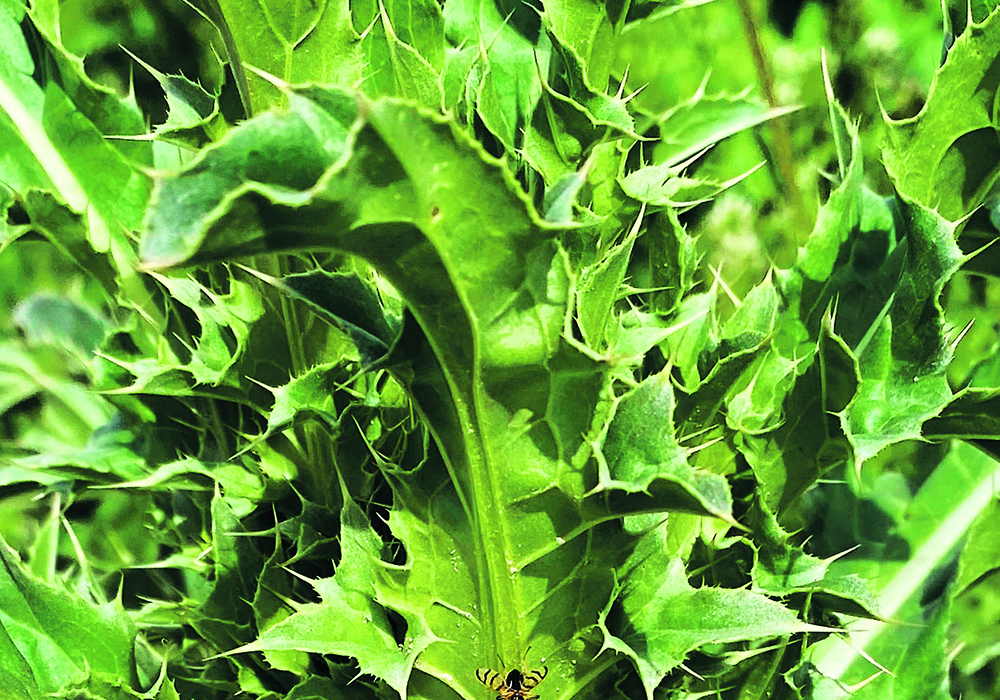Downy brome, formally known as bromus tectorum, has infested ditch-sides and forage land across the southern Prairies and has become a serious pest for winter wheat growers and cattle ranches.
This fall germinator overwinters well as a fall annual, but in dry years it will also function well as a spring annual weed.
It reproduces from prodigious amounts of seed, and control strategies focus on preventing new seeds from forming and exhausting the seedbank of old ones.
Control in forage stands involves selective tillage in patches while the weeds are small because there is no registered solution for pastures other than elimination of all plants.
Read Also

August rain welcome, but offered limited relief
Increased precipitation in August aids farmers prior to harvest in southern prairies of Canada.
Keeping the weed out of a pasture is critical. Good stands of forages and low soil disturbance are also effective. Fire rotated with a herbicide and reseeding is effective provided the new stand is successful.
Mowing and haying won’t reach the short, droopy grass’s bottommost seeds, making cutting ineffective.
It is difficult to control in fall seeded cereals, but a pre-seeding herbicide burn off in spring crops is effective on spring and fall germinated downy brome. Glyphosate, with or without dicamba or florasulam, can be used, as can trifluralin in some broadleaf crops.














